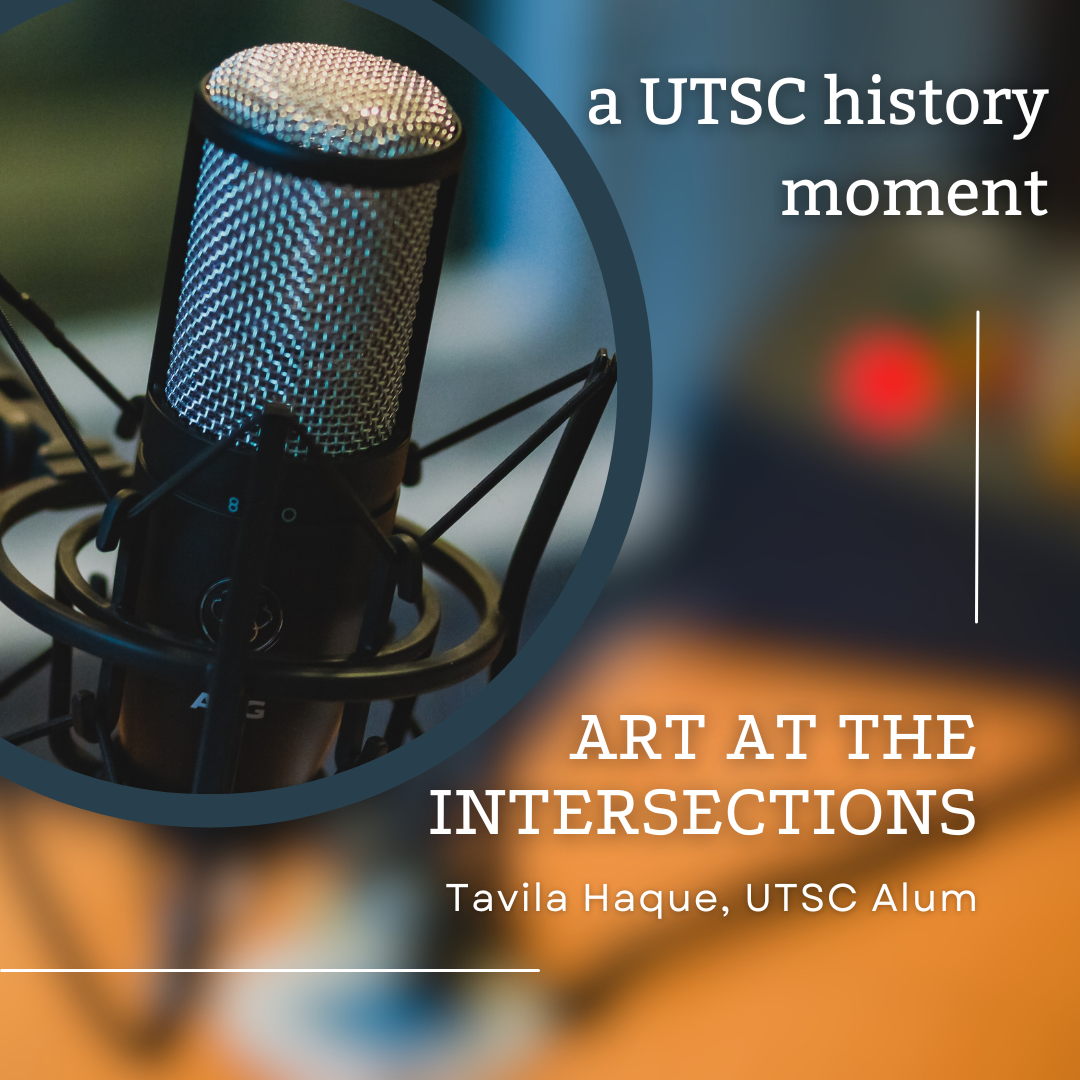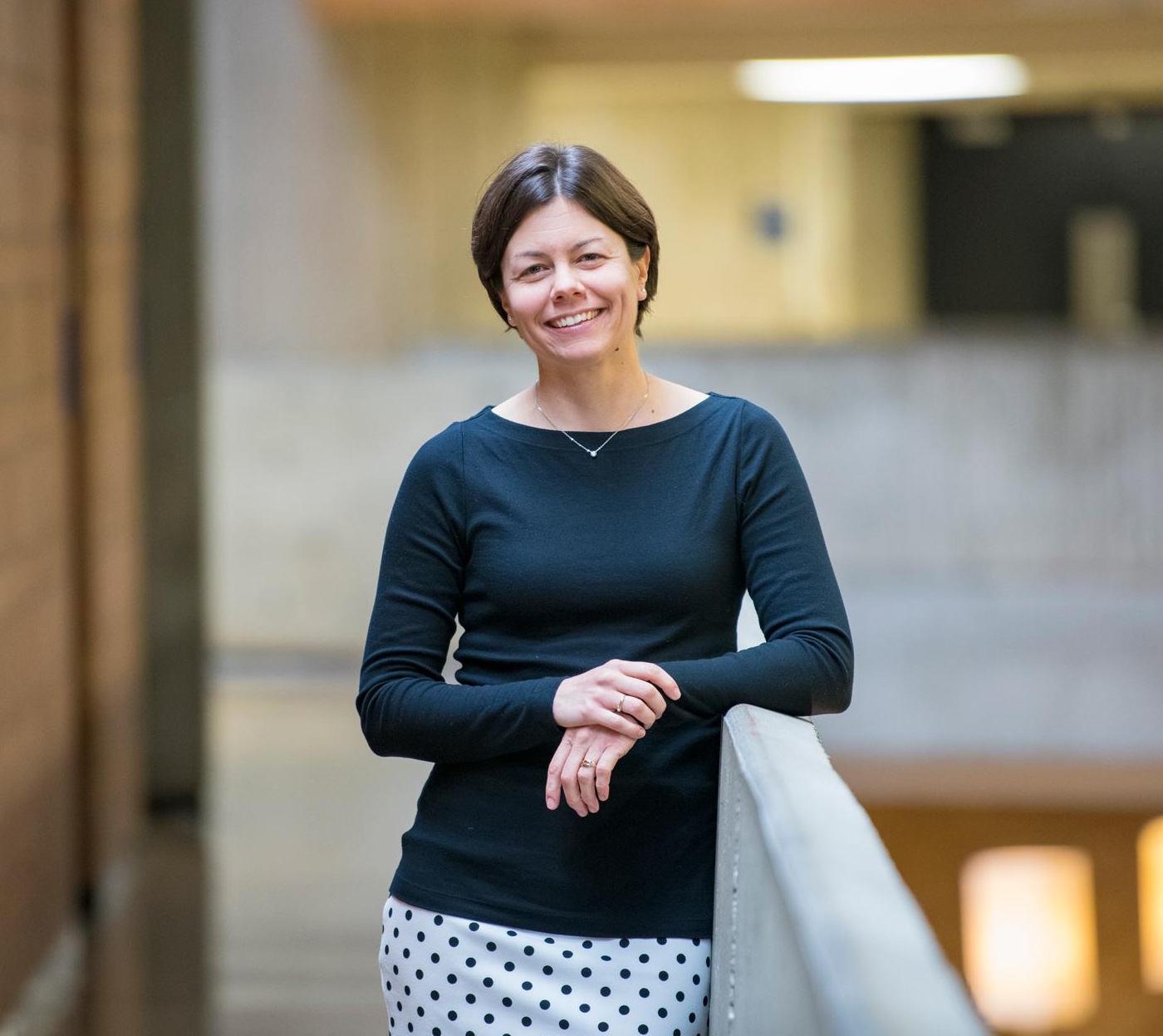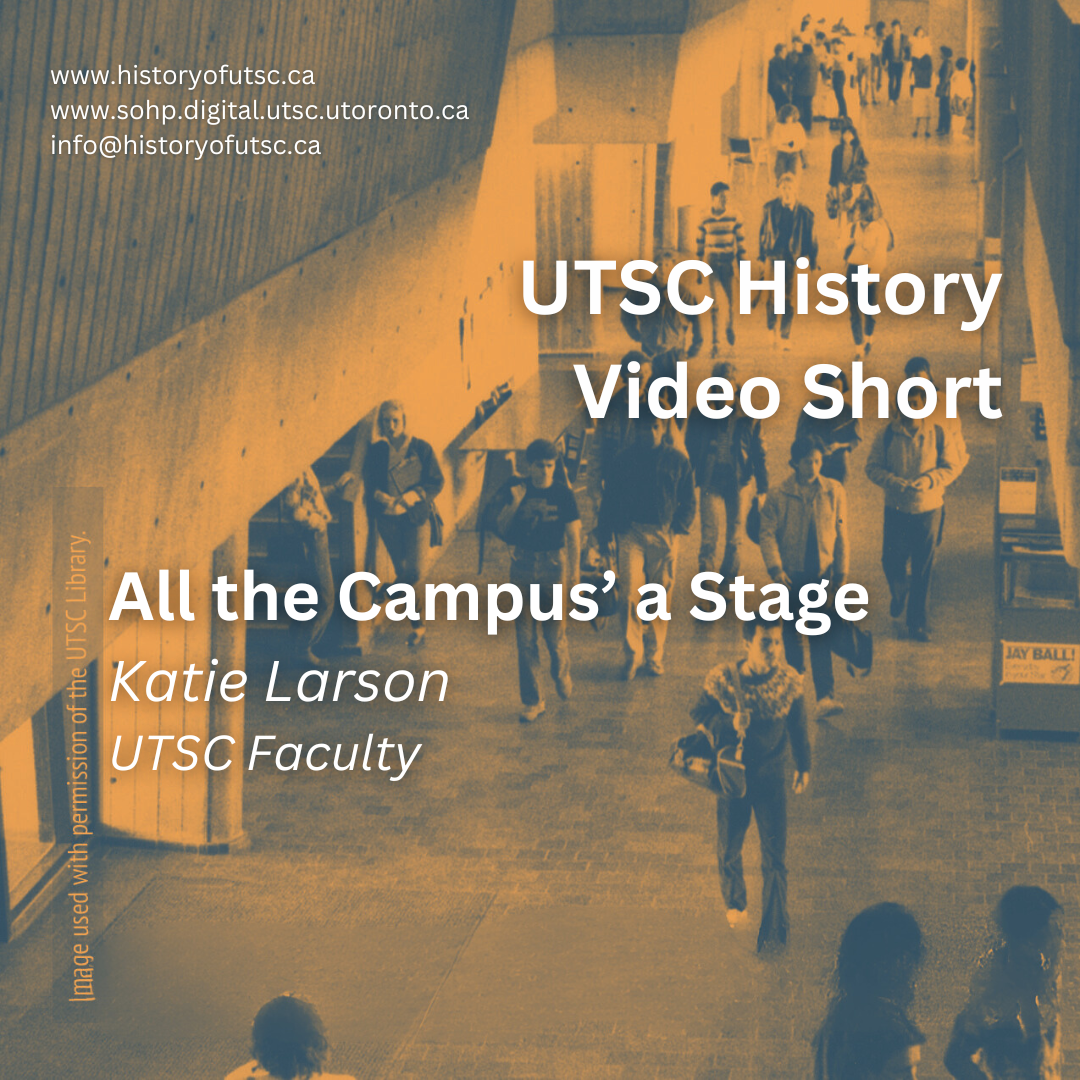Ann MacDonald, an Associate Professor in the Department of Arts, Culture, and Media and Director/Curator of the Doris McCarthy Gallery at UTSC, looks back on the “Return, Afghanistan” exhibition held at the DMG and the ways in which the exhibition resonated with the larger campus community.
View Transcript
0:05
There’s one particular exhibition that has always stayed with me and off the top of my head, the year is not gonna come to me. [Amelia:] That’s okay, we can find that out later.
0:15
[Ann:] It was the year…That the Gulf War was happening and there were Canadian soldiers in Afghanistan. At the time, we had a large Afghan community of students.
0:33
They had a student association and I borrowed an exhibition from New York by an Afghan artist named Zalmaï. The exhibition was called “Return, Afghanistan.”
0:47
And it was all about repatriation of the land and refugees returning back. The Afghan Students’ Association became involved and with wonderful enthusiasm,
1:09
organized the opening reception and were there in traditional costumes. There were Afghan musicians and dancers and, sorry, costumes is not the right word, but…
1:22
Clothing meant for dance, like these incredible handmade embroidered dresses that spun, swirled.
1:33
And the Afghan ambassador to Canada showed up. I think that it was just one of the most remarkable and hopeful evenings in the gallery’s history for me.
1:45
Also at the time, a lot of the facilities workers were from Afghanistan and they went home or they brought other clothes with them and they dressed up and came to the event.
1:57
I don’t know, it really was art doing what I think art needed to do. Yeah, I don’t know. Sorry, I hadn’t thought about that. [Amelia:] No…
2:10
I hope I’ve been articulate in describing. I remember feeling close to tears the whole night because it was so overwhelmingly beautiful.
2:20
Those are the kinds of things that, that is the direction that I want the gallery to go in. I think in the last five years or so especially, we’ve been just connecting art and its ability to create social change.




